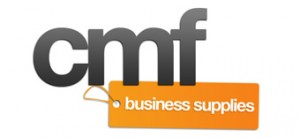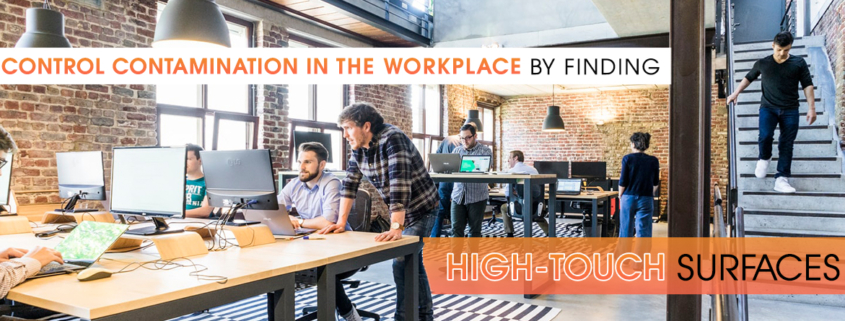High-Touch Surfaces: Learn From The Past To Ensure The Future
The COVID-19 pandemic has taught us a lot about high-touch surface cleanliness. We are more aware now than ever before that shared surfaces can be a breeding ground for germs.
The Germs Found On High Touch Surfaces And What They Mean
With a newfound acute awareness of sanitizing methods, we are learning more about the germs we are protecting ourselves and our loved ones from with every spray of a disinfectant. Some are familiar by name – norovirus and rotavirus, which cause gastrointestinal discomfort. Others are more unfamiliar by name, but familiar by symptom – adenovirus, which causes cold-like symptoms related to the flu, bronchitis, pneumonia, etc.
Our best defenses against these viruses are awareness and cleanliness. By becoming more aware of what we are touching and potentially avoiding it, we can confine the spread of germs. If touching a surface is unavoidable, keeping it clean will help curb the possibility of infection.
What Are High Touch Surfaces?
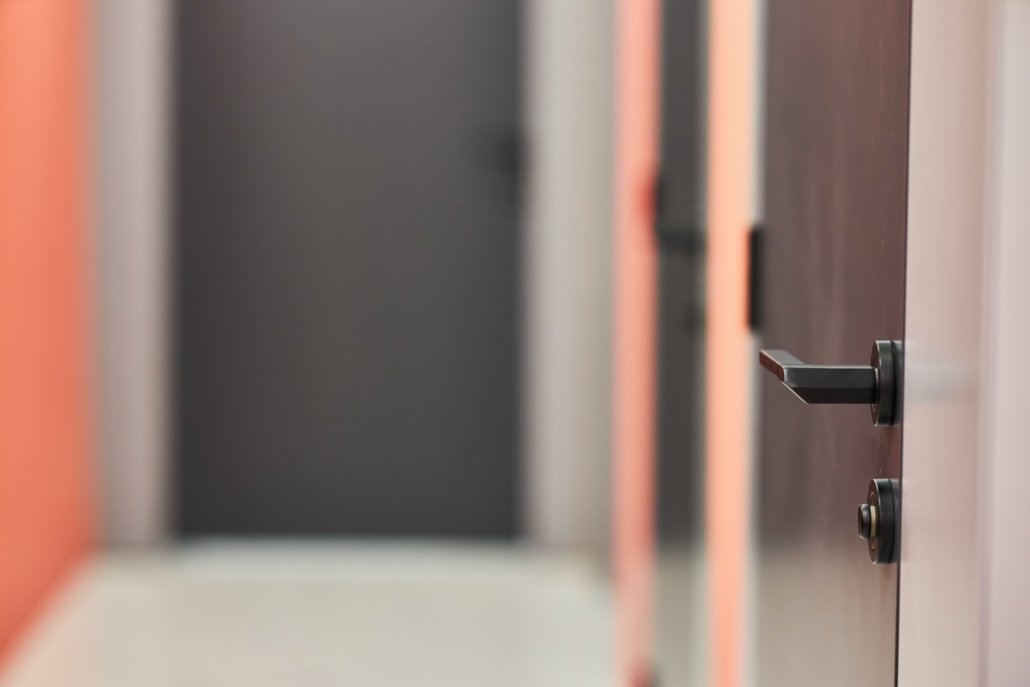
In every environment we are met with surfaces that many other people may have touched – a door handle, a copy machine, a touch screen, etc. These are high-touch surfaces, which can hold germs and dirt that we do not want to come into contact with. We all know the best way to ensure a disinfected, sanitized surface is to clean it well and often. Here are some examples of high-touch surfaces where you may work.
Offices
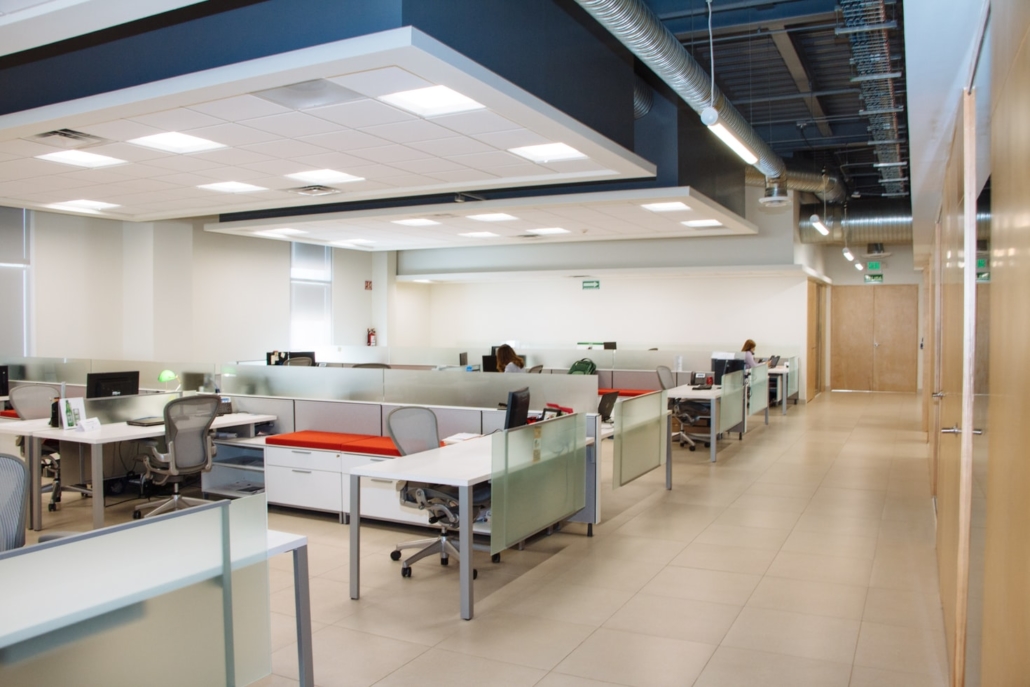
In offices, door handles and bathrooms are the leaders for holding onto and transferring germs, however many more also have strong potential for spreading infections. With the advent of more collaborative work environments, more surfaces and objects have become high-touch surfaces. Tabletops, phones, chairs, pens, and charging ports need to be cleaned routinely after use. The CDC recommends specific routines for disinfecting and sanitizing these surfaces to ensure workplace safety.
Food Service Establishments
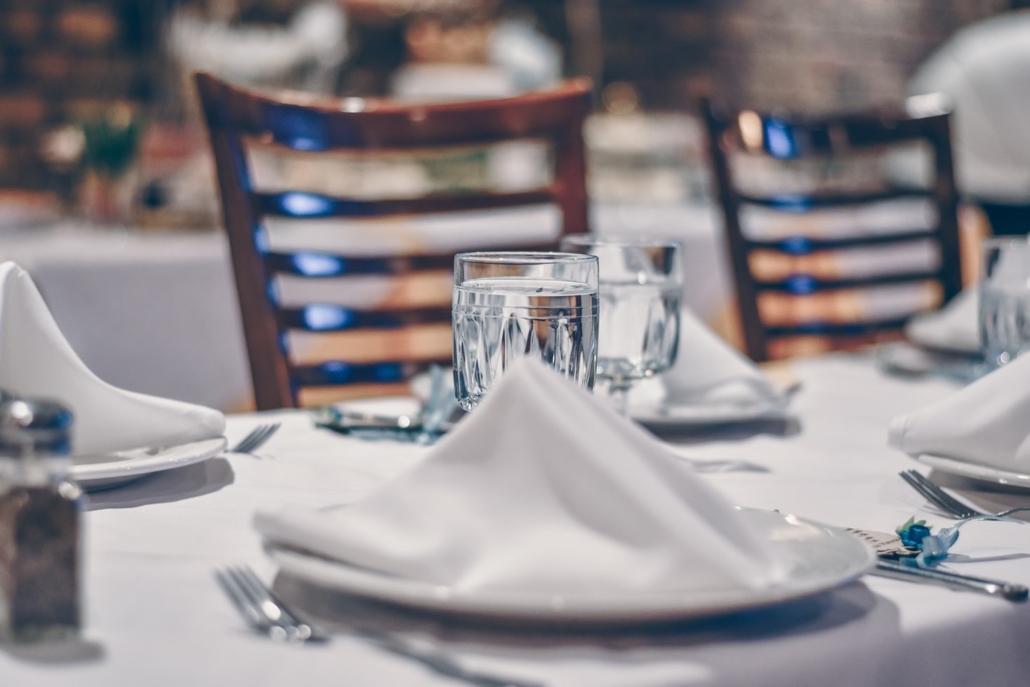
Restaurants and food stores have always been places where cleanliness and sanitation have been of the utmost importance. However, there are several specific areas where improvements can be made. Credit card machines and shopping cart handles are two of the most often-touched things in a food store. At restaurants, servers may have handheld credit card machines to expedite paying your bill. These two surfaces must be regularly sanitized in order to keep customers safe.
Educational Facilities
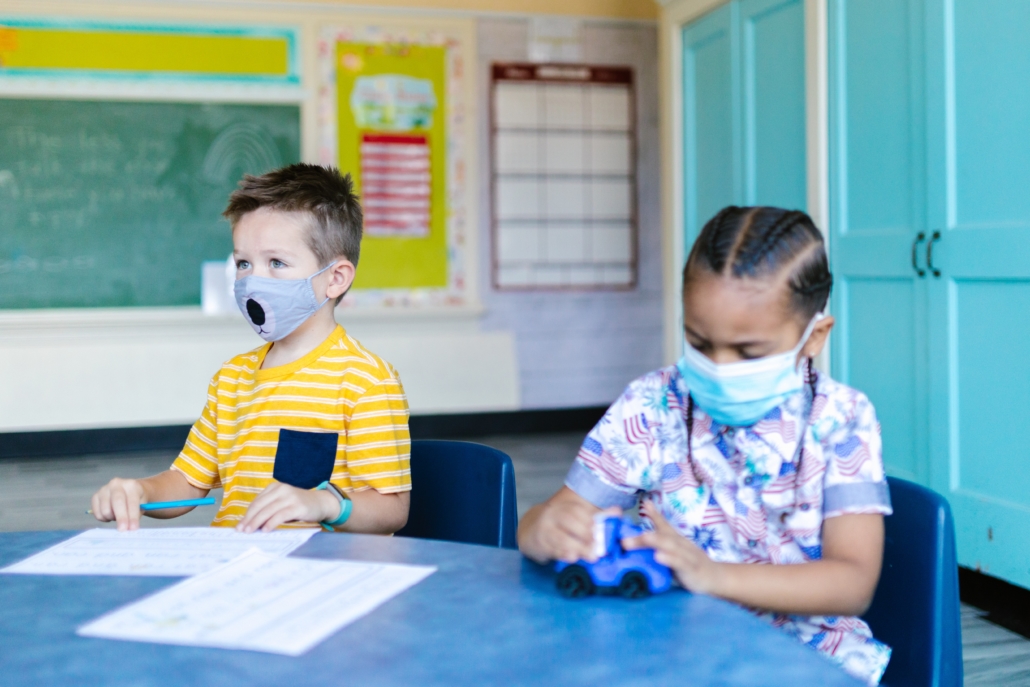
Schools are notorious for the spreading of germs. How does one keep a clean, safe environment for our students? Including cleaning routines throughout the school day can greatly impact a child’s safety. Once they have finished working on a project or playing with a toy, cleaning the items used for that project can become part of the experience itself. If children are involved with killing germs, those germs may become less intimidating. After all, knowledge is power. Not to mention parents will be greatly appreciative of these newfound cleaning routines!
Healthcare Facilities
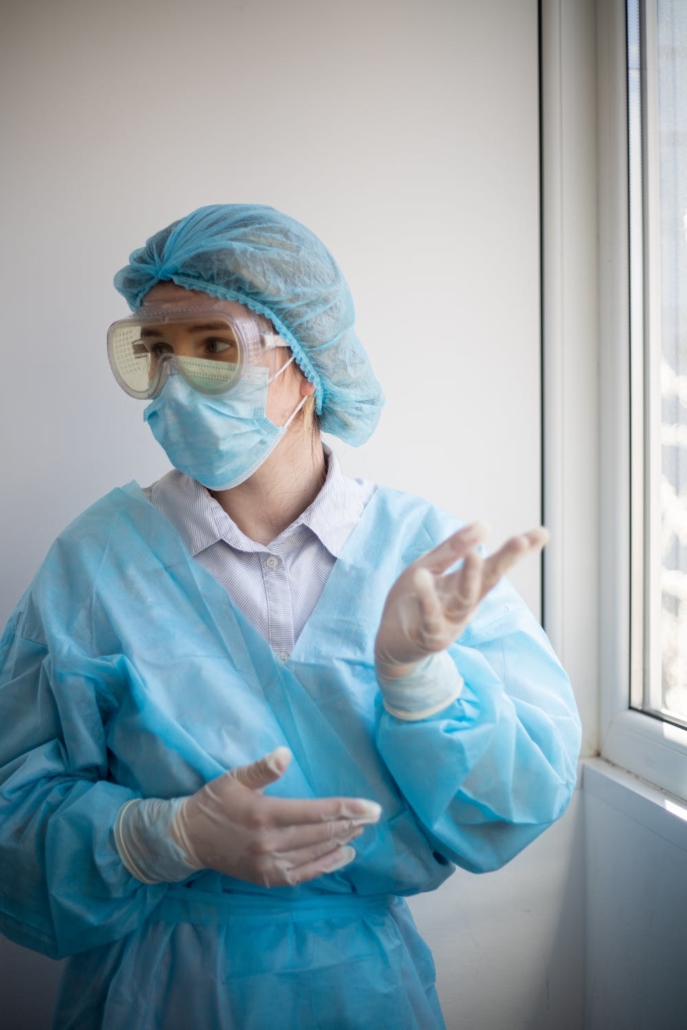
Keeping others safe and healthy is a large priority for healthcare facilities. But what about the people who work there? Desks, pens, charts, keyboards, and other shared equipment can hold onto germs, putting not only the patients at risk, but also those who treat them. Keeping your janitorial staff apprised of all up to date CDC cleaning guidelines is crucial.
Personal Responsibility
While disinfecting and sanitizing are key components to staying healthy, personal hygiene is another top priority. Washing your hands for at least 20 second intervals after potential exposure will cut down on the spread of germs exponentially. Keep your workplace stocked with antibacterial soaps and hand sanitizer to ensure healthy hands for your visitors, customers, students, patients, and employees.
Are you staying safe?
